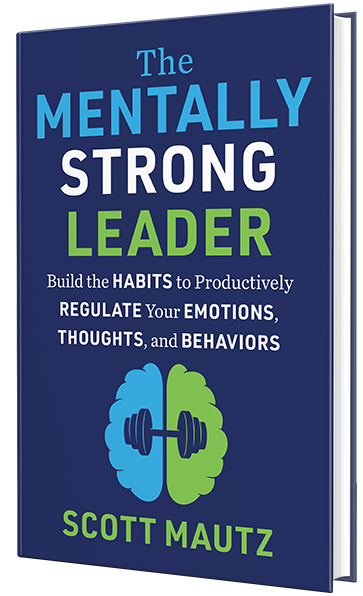
Psychologist John Gottman can predict whether or not a married couple will be together five years later with startling 90 percent accuracy. How does he do it?
He watches them argue.
The ability to engage in healthy, productive debate is not only essential for ensuring a long marriage–it’s also the key determinant of high performing teams.
A six-year study cites the ability to manage conflicting tensions as the most critical predictor of top-team performance. Berkeley research shows teams that debate their ideas have 25 percent more ideas altogether and that companies like Pixar embrace healthy debate as a vital part of their performance (in its case to make better films).
The strongest teams believe that conflict is beneficial and even essential. They believe that conflict requires conviction, and that conviction must be grounded in something worth at least listening to.
They know that decisions by default versus debate are decisions undone. And they get that debate leads to learning and growth, which nets a meaning-rich environment–the higher-order secret to high performing organizations.
However, encouraging debate isn’t always easy. Human nature gets in the way.
And by that I mean we can be wusses.
Debate can be uncomfortable and is often viewed as the sign of a bad meeting–and bad meetings are often feared more than bad results.
Here are nine ways to cultivate healthy debate:
1. Separate the person from the point.
Ever experience an escalating debate fueled by underlying relationship issues? The conflict arises from the relationship, not the idea at hand; points made start feeling like thinly veiled personal attacks.
Such discourse must be squashed and redirected back to debate focused on an idea’s merits. And until the relationship is repaired, debate won’t be healthy.
2. Encourage animated, not heated, debate.
Co-founder and CTO of Hubspot Dharmesh Shah says, “Heated [debate] is argumentative and discouraged. Animated is when you get passionate because you care about the issue, and is definitely welcomed.”
And reminding everyone of common goals helps diffuse emotion.
3. Enroll early.
It’s harder for people to objectively listen to input when they’re too far down the road on something. Tempers rise because so much work has been done already and debate at that point is less welcome because it often means work unwound.
Make a list of who gets to debate an idea and bring them in early.
4. Think commitment, not compliance.
The goal of any decision is to have fierce commitment to it, not mere compliance.
When you intentionally hear every voice at the table (dissenting or not), people feel heard. Opportunity for debate before deciding garners deep commitment to the outcome, not just surface level compliance.
5. Ask that opinions be grounded, not unfounded.
Debates can turn unproductive when unchecked opinion becomes the norm. Opinions, while important (of course), must be balanced with facts and supporting data. Otherwise, people start tuning out or discussion heads in an unhelpful direction.
6. Be mindful of an open mind.
Remember what General George S. Patton said: “If everybody is thinking alike, then somebody isn’t thinking.”
If there’s a continual lack of dissent around you, it’s a signal that you need to examine your behaviors. Let counterpoints raise interest, not hackles, and role model the right behavior at such junctures. Recall when you’ve been wrong and remember that conflict ultimately brings smarter and faster resolution.
7. Kill debate killers.
There’s nothing worse than a good, productive debate brought to a screeching halt.
This happens when debaters drone on or frequently interrupt. Poorly framed discussions, hidden agendas, leading questions, and blame-seeking versus fact finding all contribute to debate-gone-dead as well.
A culture of meetings after the meeting also cripple good debate, as attendees figure they don’t have to speak their mind, they can speak it afterward. Skirted debates turn into sour grapes, and avoidance of debate altogether can become habit.
Be on the lookout to squash these destructive behaviors.
8. Commend, not condemn, the opposing point of view.
Those that stand up and speak their mind should stand out and be on your mind. Remember their brave behavior and reward it. Nothing encourages more of the behavior you want like rewarding the behavior you want.
9. Plus it up.
Pixar practices this. Criticism must always contain a new idea or a suggestion for strengthening the original idea–it must contain a “plus.” This ensures a positive tone, maintains respect, and keeps ideas growing and changing for the better. The desire for debate thus escalates.
Net, if you want to perform, make healthy debate the norm.




Leave a Reply